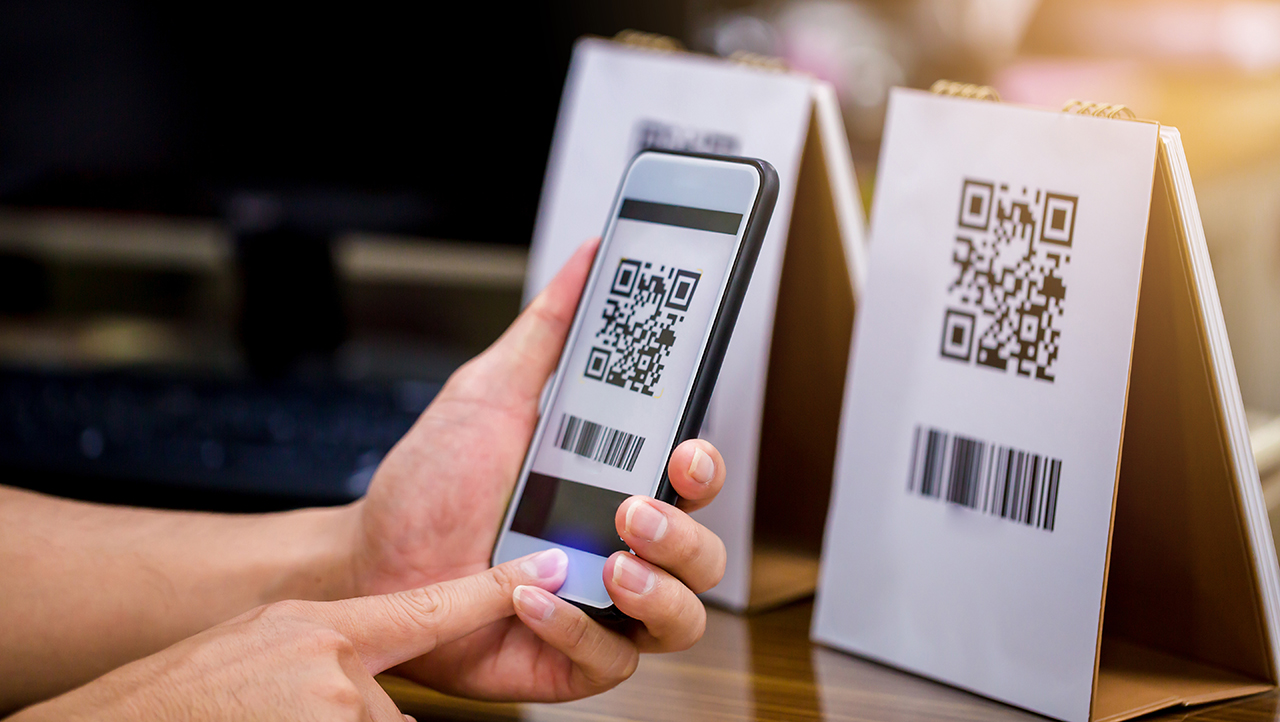Social Media Integration: Using Digital Giving Campaigns to Reach a Wider Audience
Social media platforms offer an unparalleled opportunity to expand the reach of digital giving campaigns. Churches that integrate social media into their digital giving strategy can engage broader audiences, encourage generosity, and connect with members in meaningful ways. By leveraging the power of social media, churches can share their mission, inspire giving, and build a sense of community.
This guide explores effective strategies for integrating social media with digital giving campaigns to maximize their impact and reach.
1. Promote Campaigns Across Multiple Platforms
Reaching a wide audience starts with promoting your giving campaigns on the platforms where your audience is most active. Each social media platform offers unique features that can enhance your campaign’s visibility.
Platform-Specific Tips:
- Facebook: Create event pages for fundraising campaigns and use live video to share updates and progress.
- Instagram: Use Stories and Reels to highlight campaign goals, testimonials, and progress visuals.
- Twitter: Share quick updates, links to giving pages, and hashtags to join larger conversations about generosity.
- YouTube: Post videos that explain the purpose of the campaign and show its potential impact.
Adapting your approach for each platform ensures maximum engagement with your audience.
2. Leverage Hashtags to Broaden Reach
Hashtags help increase the visibility of your posts by connecting them to trending topics or broader conversations. Using targeted hashtags can expand your audience beyond your immediate followers.
Hashtag Tips:
- Create a Unique Campaign Hashtag: For example, #GiveWithGrace or #ChurchNameCares to unify your posts.
- Use Popular Giving-Related Hashtags: Leverage hashtags like #Generosity, #GivingBack, or #FaithInAction to connect with a larger audience.
- Encourage Members to Share: Ask your congregation to use the hashtag when sharing campaign-related posts.
Hashtags make your campaign more discoverable and encourage wider participation.
3. Share Impactful Stories and Testimonials
People are more likely to give when they feel emotionally connected to the cause. Sharing stories and testimonials about how donations make a difference can inspire generosity.
Content Ideas:
- Video Testimonials: Feature recipients or ministry leaders sharing how donations have positively impacted their lives.
- Before-and-After Visuals: Use photos or videos to show progress or changes made possible by previous campaigns.
- Member Spotlights: Highlight members who have participated or contributed significantly to the campaign.
Storytelling humanizes your campaign and motivates others to contribute.
4. Incorporate Call-to-Action (CTA) Buttons
Social media platforms often allow you to add direct CTAs, making it easy for followers to give immediately. These buttons reduce friction and streamline the giving process.
Effective CTAs:
- “Donate Now” Button: Use on Facebook and Instagram posts or ads to direct users to your giving page.
- Swipe-Up Links: On Instagram Stories, link directly to your donation platform for seamless contributions.
- Clickable Links: Add links to your giving campaign in Twitter posts, YouTube descriptions, or LinkedIn updates.
Direct CTAs ensure a smooth path for donors, increasing the likelihood of contributions.
5. Engage Through Live Updates
Live updates create excitement and urgency around your campaign, encouraging immediate action. Platforms like Facebook Live, Instagram Live, or YouTube Live are ideal for real-time engagement.
Live Update Ideas:
- Kick-Off Events: Announce the start of your campaign with a live stream explaining its goals and purpose.
- Progress Check-Ins: Share updates on how much has been raised and highlight key milestones.
- Celebratory Streams: Host a live celebration to thank contributors and share the campaign’s final impact.
Live updates foster a sense of community and involvement, keeping followers engaged throughout the campaign.
6. Encourage Peer-to-Peer Sharing
Empower your congregation to become ambassadors for your campaign by encouraging them to share it with their networks.
Peer-to-Peer Strategies:
- Social Challenges: Create a challenge where members tag friends and encourage them to give.
- Shareable Graphics: Provide visually appealing graphics and captions for members to share on their profiles.
- Personal Testimonials: Ask members to share why they’re supporting the campaign and invite others to join.
Peer-to-peer sharing amplifies your campaign’s reach and fosters a sense of shared purpose.
7. Track and Optimize Performance
Analyzing the performance of your campaign helps you understand what’s working and where adjustments are needed.
Metrics to Monitor:
- Engagement Rates: Track likes, shares, and comments to gauge how well your content resonates.
- Clicks and Conversions: Use analytics tools to measure how many users clicked through to your donation page and completed contributions.
- Hashtag Performance: Monitor how often your campaign hashtags are used and shared.
Regularly reviewing metrics ensures that your campaign remains effective and impactful.
Conclusion
Integrating social media with digital giving campaigns enables churches to expand their reach, inspire generosity, and connect with their communities in meaningful ways. By leveraging platform-specific features, sharing compelling stories, and engaging with followers in real time, churches can create campaigns that make a lasting impact.
In follow-up articles, we’ll explore advanced strategies for crafting compelling social media content and using analytics to refine future campaigns.
editor's pick
News via Inbox
Stay ahead in the fast-evolving world of church technology with our Newsletter! By subscribing, you will gain access to a wealth of information and resources designed to keep you informed and empowered.






